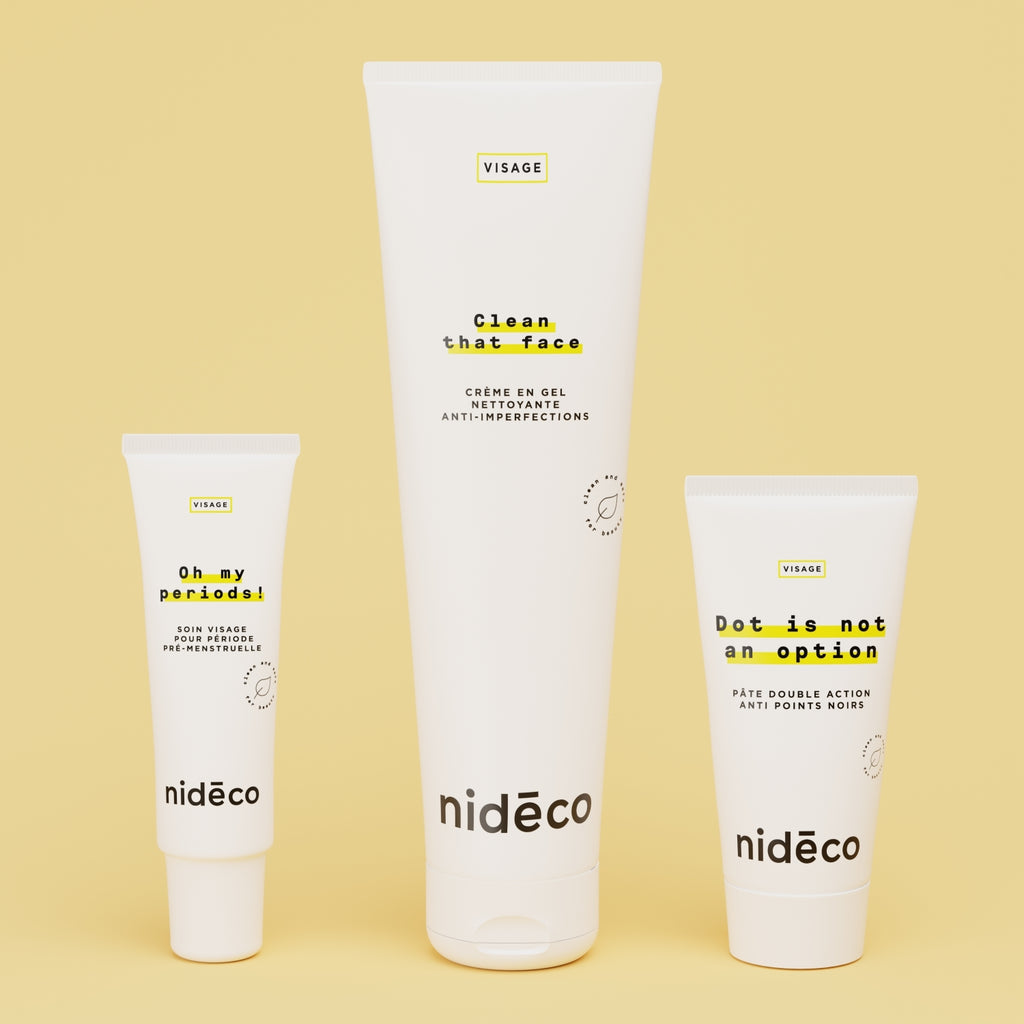Sensitive nipples: 8 tips to get rid of them

👉 Nipple sensitivity is a problem that can affect everyone at one time or another. Whether due to hormonal changes, rubbing against clothing, or other causes, this sensitivity can be annoying and sometimes even painful. Fortunately, there are some simple and effective tips for relieving sensitive nipples. Here are 8 tips to help you remedy the situation!
Understanding nipple sensitivity
🧐 Sensitive nipples can be caused by a variety of factors, from hormonal changes to irritation from clothing. Here are some common reasons:
- Hormonal changes Hormonal fluctuations during the menstrual cycle, pregnancy or menopause can lead to increased nipple sensitivity.
- Clothing friction Tight-fitting clothing or clothing made from irritating fabrics can cause chafing, resulting in irritation or pain.
- Underlying medical conditions Certain conditions such as infections, dermatitis or even hormonal imbalances can cause nipple sensitivity.
Understanding the cause of this sensitivity is the first step to finding the solution that's right for you. Here's an article to help you understand sensitive nipples.
Tip 1: Choose appropriate clothing
✅ Clothing choice plays a key role in minimizing nipple sensitivity. Here are a few tips:
- Choose natural fabrics Choose soft, breathable fabrics like cotton. Avoid synthetic materials that can cause irritation.
- Choose well-fitting clothes Bra: bras that are too tight or too loose can cause chafing. A well-fitting bra can prevent chafing.
- Avoid irritating seams Choose clothes with no seams or with flat seams to reduce the risk of chafing.
By choosing the right clothing, you can considerably reduce the discomfort associated with sensitive nipples.
Tip 2: Use soothing creams or balms such as Tits Party
🤩 To soothe and protect sensitive nipples, topical creams and balms can work wonders. One product in particular stands out: the Tits Party.
Tits Party: The multi-action solution for sensitive nipples
This ultra-conforting treatment is designed to relieve, tone and repair the delicate skin of breasts and nipples. Here's what it has to offer:
- Relieves Lightly massaged in, it immediately relieves tension and soothes menstrual pain. It is particularly effective for quickly soothing nipple pain.
- Tones Enriched with horsetail, crowberry and acacia gum, it promotes microcirculation and collagen production for firmer, more contoured breasts.
- It repairs Thanks to argan oil and shea butter, it nourishes and softens the skin, while repairing sensitive nipples.
This multi-purpose skin care product is made with 99% ingredients of natural originvegan, and formulated in France. It has been acclaimed by the Réseau des Kinés du Sein for its effectiveness in soothing and comforting sensitized breasts. No need to rinse, it can even be used as a mask to maximize its benefits.
Tip 3: Adopt good hygiene
❤️ Good hygiene is essential to prevent infection and reduce nipple irritation. Here's how:
- Gently cleanses Use a gentle, fragrance-free cleanser to wash the nipple area. Avoid harsh soaps that can dry or irritate the skin.
- Dry thoroughly After showering, be sure to dry the area thoroughly with a clean, soft towel, patting rather than rubbing.
- Moisturize regularly Apply a soothing cream or oil to keep skin supple and prevent irritation.
Taking care of skin hygiene is a key step in reducing nipple sensitivity.
Tip 4: Modify your diet
🥦 Your diet can have a direct impact on the sensitivity of your nipples. Here are some adjustments to consider:
- Increase your vitamin E intake Vitamin E is known for its antioxidant properties and skin benefits. You can find it in almonds, avocados and spinach.
- Cut down on caffeine Caffeine can sometimes increase breast and nipple sensitivity. Limit your consumption of coffee, tea and soft drinks.
- Add omega-3 Omega-3s, found in fatty fish and flaxseed, can help reduce inflammation and sensitivity.
Eating a balanced, nutrient-rich diet can help alleviate the symptoms of nipple sensitivity.
Tip 5: Avoid irritating products
❌ Some chemicals in detergents or body care products can irritate sensitive nipple skin. Here's what you can do:
- Choose gentle detergents Choose hypoallergenic and fragrance-free detergents.
- Avoid harsh lotions and products Products containing alcohol, perfumes or dyes can aggravate sensitivity.
By avoiding irritating products, you can prevent skin reactions and reduce discomfort.
Tip 6: Moderate physical exercise
🤸🏼 Physical exercise can improve blood circulation and reduce tension in the chest, but care must be taken with movements that can exacerbate friction. Here are some recommendations:
- Encourage gentle exercise Yoga, swimming or brisk walking can be beneficial without causing excessive friction.
- Avoid over-exertion High-impact exercise, such as jogging, can aggravate nipple sensitivity.
Moderate, well-chosen physical activity can help reduce sensitivity while improving your overall health.
Tip 7: Consult a healthcare professional
🧑⚕️ If nipple sensitivity persists or is accompanied by worrying symptoms, it's essential to consult a healthcare professional. A doctor can help you :
- Diagnosing underlying causes Some health problems, such as infections or hormonal imbalances, may require specific treatment.
- Suggest appropriate solutions Whether it's medication, specific creams or lifestyle adjustments, a professional will be able to guide you.
Don't hesitate to consult a doctor for a precise diagnosis and personalized advice.
Tip 8: Use nipple protectors
🙌 Nipple protectors, such as pads or adhesive strips, are a practical solution for preventing chafing during strenuous physical activity. Here's how to use them:
- Nipple pads Ideal for absorbing sweat and preventing rubbing against clothing. Perfect for sports activities.
- Adhesive strips Offer discreet, effective protection, especially under tight clothing or during repetitive movements.
These protectors can be an effective solution for preventing nipple irritation and allowing you to move around freely.




























